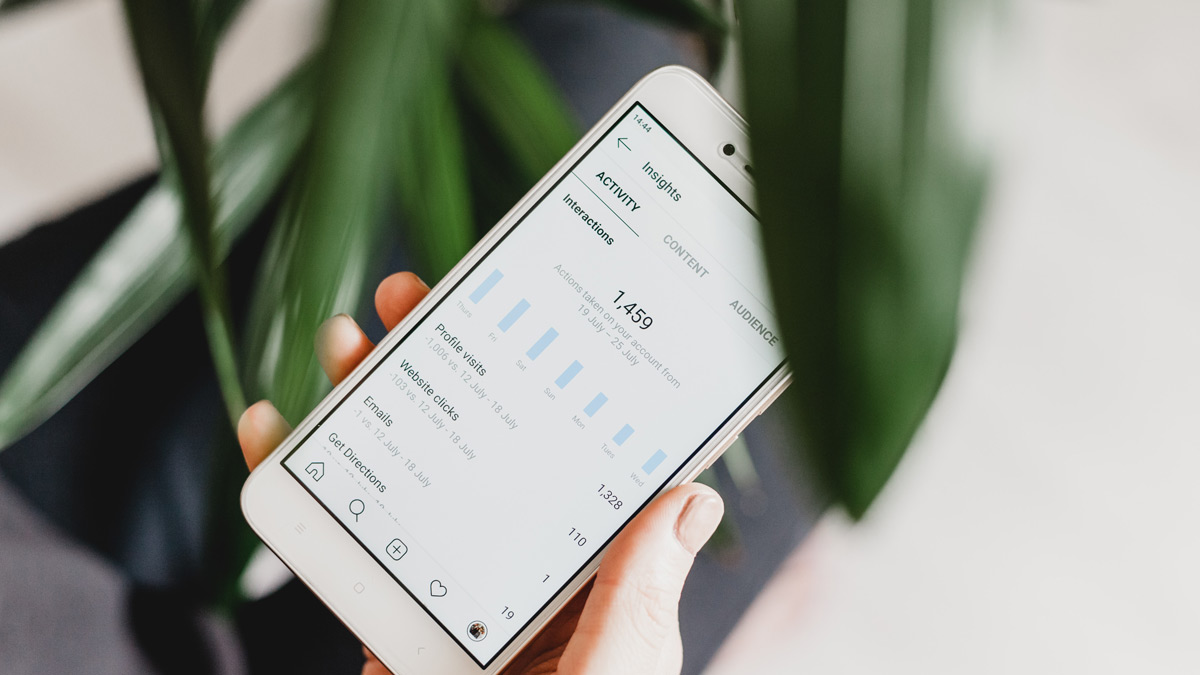I think it’s time to move beyond viewability, conversions, measurements discussions and think about your digital campaigns’ TRUE results. Is it even targeting real people or is it just based on some random cookie pool? Any random cookie pool from any DMP can give you all the success factors, which we have been imagining as success factors for our campaigns, i.e. viewability, conversions, measurements. Any conversation in the digital world takes a lot of time in debating and discussions and various POVs, but in the end, we lose focus on the fundamentals of advertising, i.e. addressing real people. How sure are we with our digital campaigns, if the numbers we are looking at in the excel sheet, post-campaign comes from the real consumers? Does it make an impact on the business target?
If you look at the more evolved markets, i.e. US, UK, PII (Personally Identifiable Information) data is key for all digital campaigns. This, however, will take a lot of time to come to this part of the world. On a more positive note, there are other data points, which can be used within the compliance of data protection law, i.e. CRM, activation and partners’ data as PII data. This information can be fused to derive better results from digital campaigns.
For example, in the hotel industry; most hotels use the cookie data of people who booked the rooms on their website. But 60%-70% of rooms are booked through third-party travel websites globally and no hotel has access to this data. At the same time, the information can be accumulated when the guests check in to the hotel whereby they receive detailed guests’ information. This data can be used in the form of CRM to PII, which will drive much better efficiencies in the digital campaigns versus any performance campaign. With CRM and PII data-led campaigns, you know you are talking to real people.

Every category does some kind of activation/CRM which gives valuable information. Most times, this data is unused, which is a bit sad. Imagine, having the most powerful data but it’s not utilised and instead the efforts by advertisers/agencies are being used which is based on the common pool of data, i.e. Google, Facebook, DMPs.
For instance, in FMCGs, where digital campaigns can be linked to sales (by activating ads with pixel) with the help of mobile technology, the results can be tracked when someone clicks on the ad and later walks into a store to purchase. This loop can be further enhanced by linking purchase with a customer loyalty program.
So now, when we think about the next digital campaign, consider how we can talk to real people and how this will help us in achieving the business results and not the media results.
About the Author
Karan Tyagi has a vast experience in business and management with various roles in the advertising and digital industry. He was named as one of the youngest general managers in one of the major media agencies. Karan was born and raised in India and currently resides in Malaysia for the last five years.
Disclaimer
The views and opinion expressed do not represent any agency, organisation, employee/employer or company. This primary purpose of this view or opinion is to share information to the readers.
Header image: Georgia de Lotz on Unsplash








